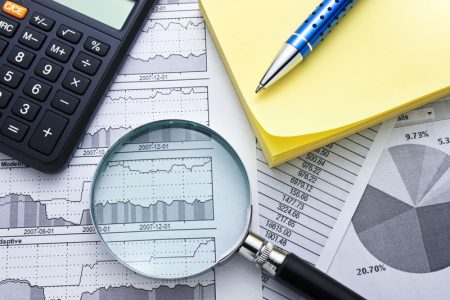The August jobs report on Friday showed the U.S. economy gained 187,000 jobs jobs last month, with the unemployment rate rising to 3.8% from 3.5%.
Economists polled by the Wall Street Journal had expected an addition of 170,000 jobs and unemployment staying at 3.5%.
See: U.S. creates 187,000 jobs in August
Below are some initial reactions from economists and other analysts, including their views on what the jobs report means for the Federal Reserve as the central bank considers how to proceed with interest-rate hikes. U.S. stocks
ES00,
SPX
looked set to trade higher following the data on nonfarm payrolls.
• “The July employment report will be music to the Fed’s ears. Hiring trends were a bit better than expected, unemployment was a little softer than expected, and perhaps most importantly, wage gains did not accelerate at an alarming rate. The Fed, therefore, will not raise interest rates in September and will proceed with caution through the remainder of the year, carefully assessing further increases in unemployment, but unlikely to lower rates in the near term as economic growth remains above trend and wages are still advancing faster than pre-pandemic rates.” — George Mateyo, chief investment officer at Key Private Bank, in a note
• “Isn’t this what we want? What we really really want? (Geez, where did that come from? I’m not even a Spice Girls fan.) … The job market is not exerting any pressure on the Fed to tighten further. And that is what ‘we’ want.” — Jennifer Lee, senior economist at BMO Capital Markets, in a note
• “The August jobs report couldn’t be much better. Job growth is solid but slowing. Unemployment rose, but for that right reason — more labor supply as participation jumped. Wage growth continues to moderate and hours worked rose. The report has soft landing written all over it.” — Mark Zandi, chief economist at Moody’s Analytics, in a social-media post
• “The 187,000 gain in non-farm payrolls, jump in the unemployment rate and slowdown in wage growth in August all add to the evidence that labor market conditions are approaching pre-pandemic norms. This reinforces our view that the Fed’s next move will be an interest rate cut in the first half of next year. … [T]he muted 0.2% m/m rise in average hourly earnings, which pushed annual wage growth back down to 4.3%, is a sign of things to come. We continue to expect weaker labor market conditions to contribute to a rapid decline in core inflation, convincing the Fed to cut rates more aggressively next year than markets are pricing in.” — Andrew Hunter, deputy chief U.S. economist at Capital Economics, in a note
• “Payroll employment increased in August, but with the markdowns in the rate of job growth for June and July noted in this report, the cumulative effect is a noticeable slowdown in the job market. Job gains are now averaging only 150,000 over the past three months. … The jump in the unemployment rate to 3.8% was caused by an increase in the labor force participation rate. More people are actively looking for work, but new or re-entrants to the labor market in August were not having much luck, pushing up the numbers of those unemployed for less than five weeks. This makes sense, given the report of businesses pulling back job openings over the past few months. ” — Mike Fratantoni, chief economist at the Mortgage Bankers Association, in a note
• “Much like the transition from summer’s end to the fall, the August jobs report suggests the labor market too is showing a shift to even cooler temperatures, and it’s one we’d do well to heed. … Overall, today’s report underscores that rebalancing in the labor [market] is picking up pace and softening in labor demand could translate into even weaker income and spending ahead.” — Ali Jaffery, economist at CIBC, in a note
Read the full article here













